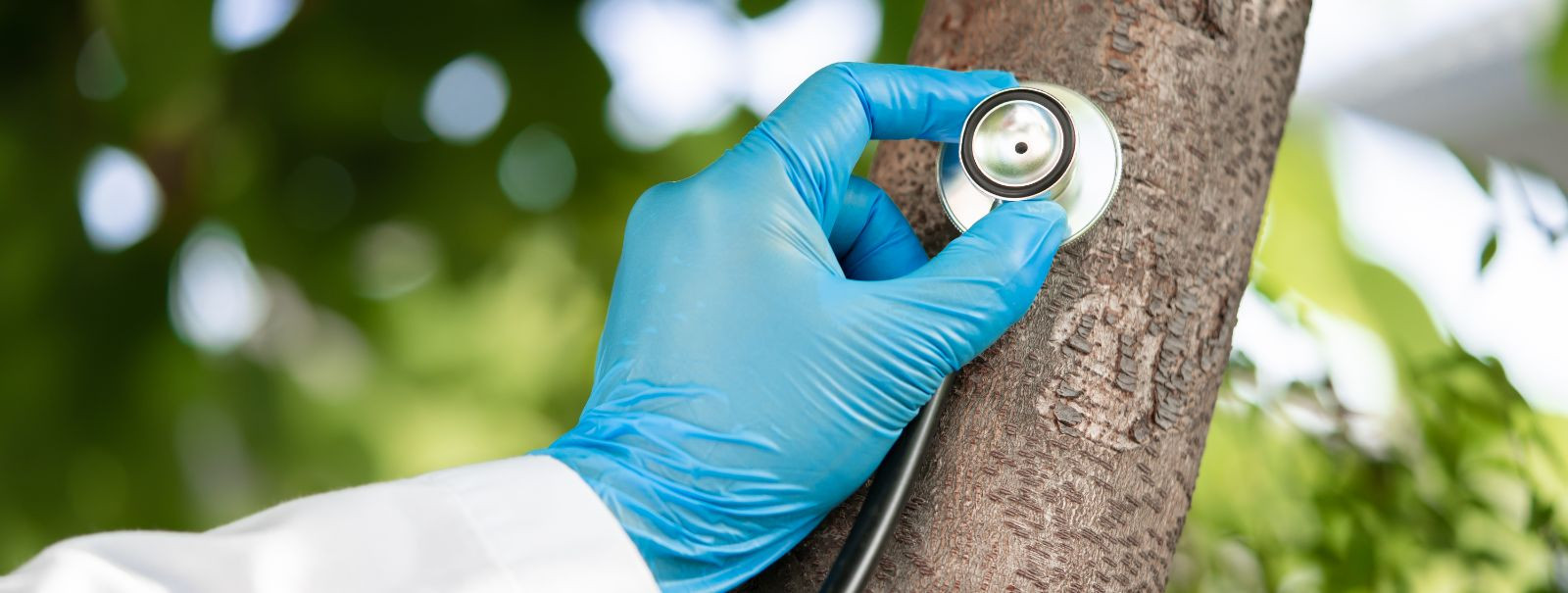How to evaluate the health of your trees and shrubs
As stewards of our environment, it is crucial to ensure the health and vitality of the trees and shrubs that grace our landscapes. These living organisms not only enhance the beauty of our surroundings but also contribute to our well-being and the ecosystem's balance. In this comprehensive guide, we will walk you through the steps to evaluate the health of your trees and shrubs, helping you to maintain their splendor and longevity.
Understanding the Importance of Tree and Shrub Health
Healthy trees and shrubs provide numerous benefits, including improving air quality, offering shade and cooling, increasing property value, and supporting wildlife. They also play a significant role in emotional well-being by creating a serene and inviting outdoor space.
Conversely, unhealthy trees and shrubs can pose significant risks. They can become safety hazards, harbor pests and diseases that may spread to other plants, and detract from the aesthetic appeal of your property.
Visual Inspection: The First Step in Health Evaluation
Begin by looking at the overall shape and vigor of the canopy. A thinning or uneven canopy may indicate underlying health issues.
Check the trunk for cracks, cavities, and any signs of decay. The bark should be intact and free of excessive moss or fungi, which could signal moisture issues.
Leaves and needles should be vibrant and plentiful. Discoloration, early leaf drop, or an unusual amount of dead leaves can be signs of distress.
The area around the roots should be free of compaction and not waterlogged. Mushrooms or other fungi growing near the base may indicate root decay.
Signs of Distress or Disease in Trees and Shrubs
Be on the lookout for wilting, yellowing of leaves, stunted growth, or the presence of cankers and galls. These symptoms often point to health problems.
Identifying common pests like borers, aphids, and scale insects, as well as diseases such as powdery mildew and rust, is crucial for early intervention.
Advanced Diagnostic Techniques
Soil testing can reveal nutrient deficiencies or pH imbalances that may be affecting plant health.
A certified arborist can provide a thorough evaluation, using tools like resistographs or air spades to assess internal decay or root health.
Preventive Measures and Maintenance
Ensuring adequate and appropriate watering is essential for plant health, especially during dry spells.
Regular pruning and trimming help prevent the spread of disease and promote a strong structure.
Mulching helps retain soil moisture and regulate temperature, while appropriate fertilization can address nutrient needs.
When to Call the Professionals
While basic care and maintenance can be handled by most property owners, certain situations require the expertise of professionals. If you notice severe symptoms of distress, widespread disease, or structural issues, it's time to call in the experts.






Comments (0)